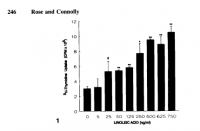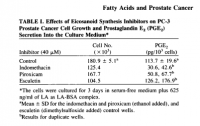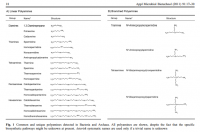Westside PUFAs
Member
- Joined
- Feb 4, 2015
- Messages
- 1,972
I like California white jasmine rice.
I do too. Sometimes I actually crave brown rice but only soaked CA brown rice. I soak it in a bowl for at least 24 hours. It's a unique taste and smell. The soaking also gets rid of arsenic.















